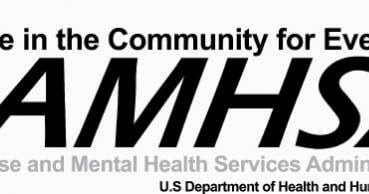A new report from the Substance Abuse and Mental Health Services Administration (SAMHSA) sheds...
Major Survey Finds Suicide Rates Higher in Illicit Drug Users Than General Population
 |
Based on survey responses, SAMHSA estimated that in a given year, 3.9 percent of U.S. adults—9.0 million—have serious thoughts of suicide, but this increased to 9.4 percent among adults who used illicit drugs. In addition, risk for suicidal ideation among people using illicit substances varied by type of drug used. Adults using sedatives for nonmedical purposes were at greatest risk for suicidal thoughts at approximately 21 percent, followed by those using opioid pain relievers at 13 percent, and marijuana at 10 percent.
“Suicide takes a devastating toll on individuals, families, and communities across our nation," said Peter Delany, Ph.D., director of SAMHSA’s Center for Behavioral Health Statistics and Quality, in a press statement. He stated that in order to prevent unnecessary deaths, it is of utmost importance to reach out to all segments of the community to provide support and treatment to those who are at greatest risk for suicidal ideation.
For complete findings from SAMHSA's 2012 National Survey on Drug Use and Health, click here. To read about strategies to reduce substance abuse, see the Psychiatric News article “Early Intervention May Ward Off Need for Substance Abuse Treatment.” For comprehensive information about treating addictions, see Clinical Manual of Addiction Psychopharmacology, Second Edition, new from American Psychiatric Publishing.





